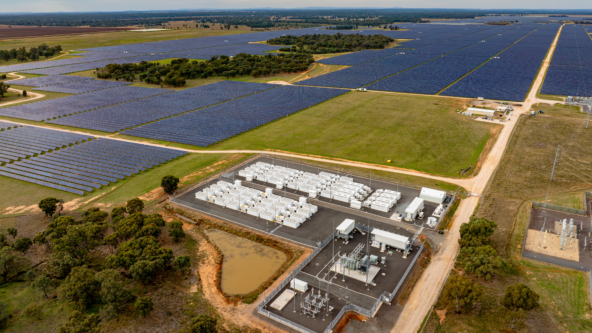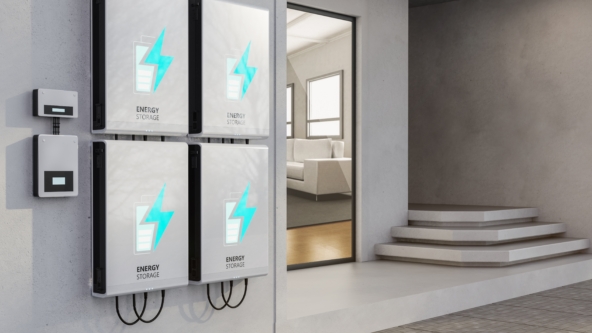*This article was initially posted on Livewire
When constructing model portfolios, an allocation to direct renewable infrastructure may enhance portfolio outcomes due to the sector’s unique and differentiated characteristics relative to other asset classes. These are outlined below.
Asset class is more defensive
Like infrastructure more broadly, established renewable energy investments such as solar and wind represent ownership in the physical components and land that provide an essential public service (clean energy). Once constructed, such assets are designed to perform in a stable and predictable manner:
- The fuel source which they use is free and readily available (sun and wind) and is therefore not subject to market volatility;
- Revenues are driven by fixed contracts or more fundamental long term trends in electricity supply and demand, which in Australia is driven by the remaining technical life of the existing coal fleet to operate and the ability of the grid to adapt to renewable energy replacing that capacity; and
- Renewable plants operate with little operational gearing as required on-going operational and capital expenditure are contracted on a fixed basis and in total are typically between 20-30% of revenues.
Therefore, such asset may produce robust cash flows regardless of mark to market volatility in other liquid markets, this in turn, provides a lower beta relative to some other asset classes and thus can provide downside protection in periods of turbulence.
Diversification benefits
Diversification is prudent when building resilient portfolios and so an allocation to lower beta renewable infrastructure can act as a ballast within a traditional portfolio of equities and bonds. This can be especially useful in periods of sustained volatility like the current period.
As mentioned above, fuel source supply chains for renewable energy are not linked to market forces as these are dependent on weather patterns (wind) and sunlight, both of which have well established datasets for making bankable resource forecasts.
With regards to demand: In the short term, electricity is a relatively inelastic commodity. Basic expectations for any first world economy are that lights will come on and electricity will be available when needed regardless of whether people are at home or in the office. In the long term for Australia, more fundamental trends in the engineering of the aging and retiring coal fleet and the electricity grid will drive value to renewable energy assets.
Therefore, incorporating an allocation to this asset class, in the context of a holistic portfolio, can provide diversification benefits that are unique to the asset class and can be appealing when blended with other asset classes to enhance portfolio outcomes.
Positive Environmental, Social and Governance attributes
While the ESG attributes of a renewable energy investment may appear self-evident with the production of clean energy, Octopus Australia seek to go a step further with our ESG framework by implementing additional initiatives to not only to enhance ESG outcomes but to underpin the lower risk nature of the asset.
As renewable energy plants are long life in nature and will exist for 30 – 35 years, we believe it is imperative to ensure the assets are meaningfully integrated not just into the transmission system which will carry their energy, but also within the (mainly rural) communities within which they will reside for the foreseeable future.
Initiatives include, enhancing community infrastructure which also benefits the projects: such as enhanced road works as well as communication and internet infrastructure.
Additionally, the provision of services to the community such as school trips, rooftop solar for public buildings and preservation of the surrounding environment, make the site a good local neighbour. Such relationship with the community can help to bring support to the site as and when it may be needed in the future, such as an amendment to the sites Development Approval to extend its capacity or add new technology which may not be contemplated today.
In summary
An investment into direct renewable infrastructure brings multiple portfolio benefits and can enhance portfolio outcomes due to its unique characteristics and diversification benefits. In conjunction to the portfolio construction attributes, an investment into this asset class can also provide an opportunity to participate in building Australia’s clean energy future by making an impact and ESG focused investment.
Allocation to this discrete asset class has traditionally been accessible only to the institutional market and not to broader wholesale and sophisticated investors. However, Octopus believes that renewables should not be confined to the larger institutions but rather accessible to all wholesale investors as well.
Building Australia’s clean energy future
Octopus Investments are investing directly into the Australian renewable energy sector and helping to provide the innovative solutions it needs during its transition to a clean energy future. At Octopus, we intend to be a leader in driving Australia towards a cleaner future.


